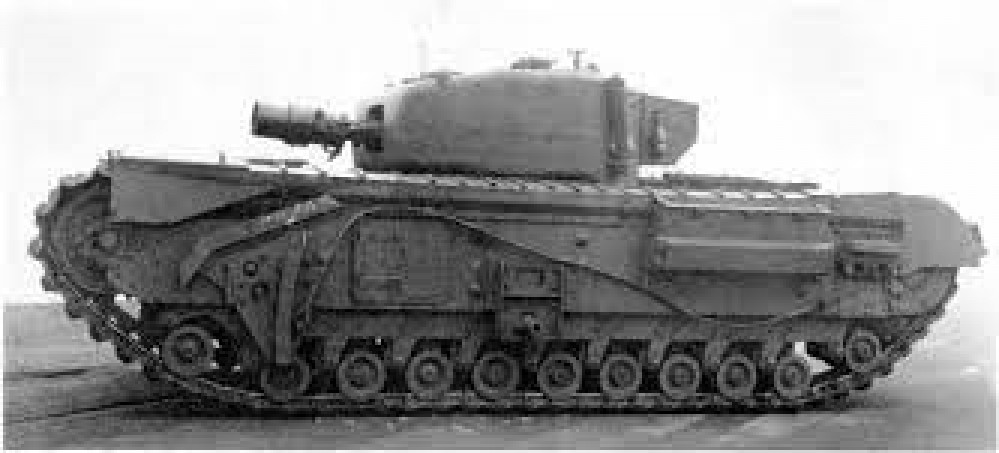
How to be an Armoured Farmer, building Hobart's Funnies in Glorious 15mm (and maybe 28mm if they arrive in time!)
Churchill ARK Mk1 & Mk2.
Before I started my last conversion I had one last kit to finish off. The Churchill ARK was a Royal Engineer variant constructed and used extensively in the Italy campaign to get units across gaps, obstacles and small width rivers as quickly as possible. The idea was simple, remove the turret, construct two sets of ramps over the top of it, and create a means of dropping them once the vehicle is in position. It should be noted that initial designs had the ramps but no trackway over the vehicle, so trafficking vehicles literally drove over the tracks of the ARK.
There were various methods of getting the ramps to drop/stay in place. The two main methods were strops and explosive charges to release them, or a large post which held the strops being hydraulically dropped, thus lowering the ramps. Having looked at the reference photos, I decided to do the Mk 1 with just strops and the Mk 2 with a combination of strops and a post.
The difference between the Mk1 & Mk 2 is the width of one of the ramps. This was done so that wheeled vehicles could also use the crossing until a developed crossing (Bailey Bridge) was put in place.
Here are the reference photos I used, points to note are the different methods of holding the ramps in place and the way that multiple ARKs could be used to bridge deeper gaps (Photo from Italy). For D Day some ARKs had the front ramps removed so that they could be driven up to the sea walls and give a quick route off the beach for armour.
One of the photos also shows that Fascines could be mounted and deployed from and ARK. This is quite common with AVREs, as the more they can do, the more adaptable they are to the emerging obstacles come across by the fighting forces.









































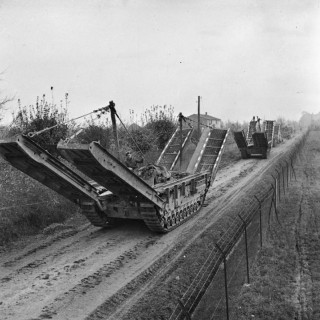
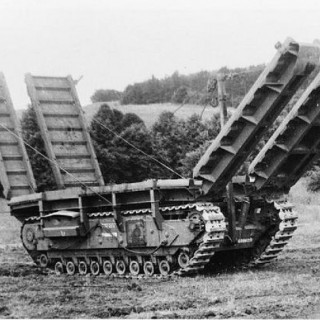
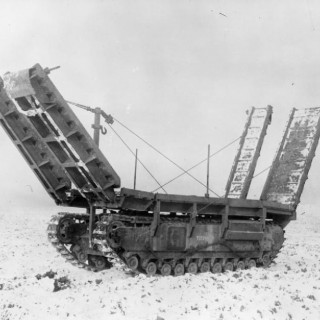
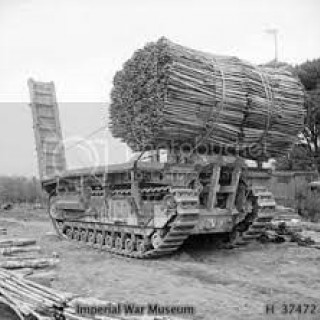































Leave a Reply